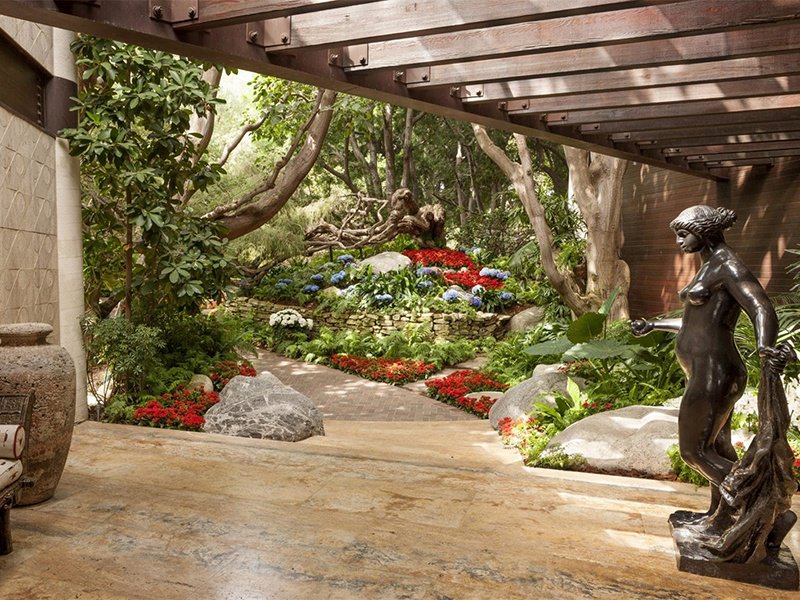Growing Up: The Rise of Vertical Gardens
Vertical gardens and green walls are transforming our buildings—outside and inside—with living tapestries of texture and color
Vertical gardens and green walls are transforming our buildings—outside and inside—with living tapestries of texture and color
While nature has been happily gardening vertically since the dawn of time, the concept of consciously carpeting a building—inside or out—with plants began in earnest with French botanist Patrick Blanc. “I am very happy to have created a new trend, because my aim was always to achieve a connection between the city, the people, and the plants,” Blanc says today. After a slow burn, the popularity of living walls is finally gaining pace in the residential sector, and the sight of a man-made jungle snaking towards the sky can be breathtaking—particularly in more temperate climates.
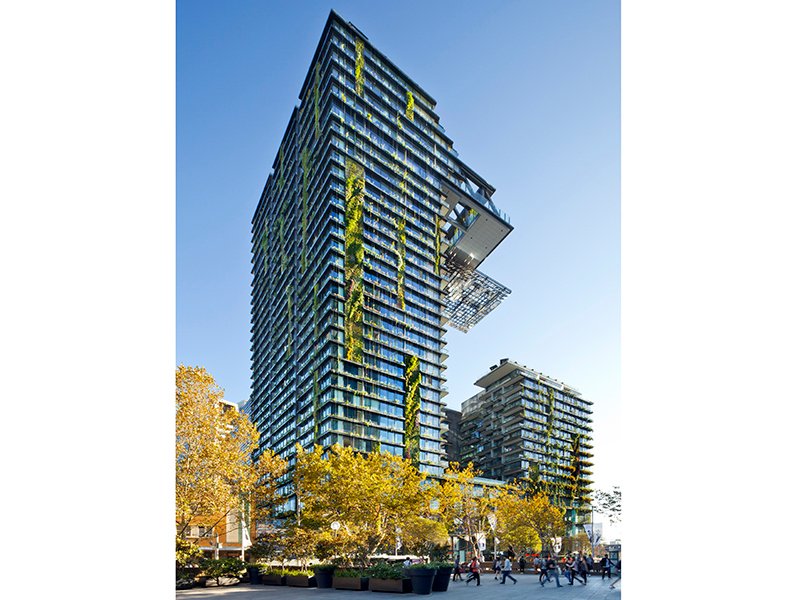
Why go vertical?
Bell believes that any vertical garden should feature an intense diversity of plant species, leaf texture, and color in order to experience seasonal changes, but the wide variety of systems and suppliers across the globe means that design possibilities are now virtually limitless.
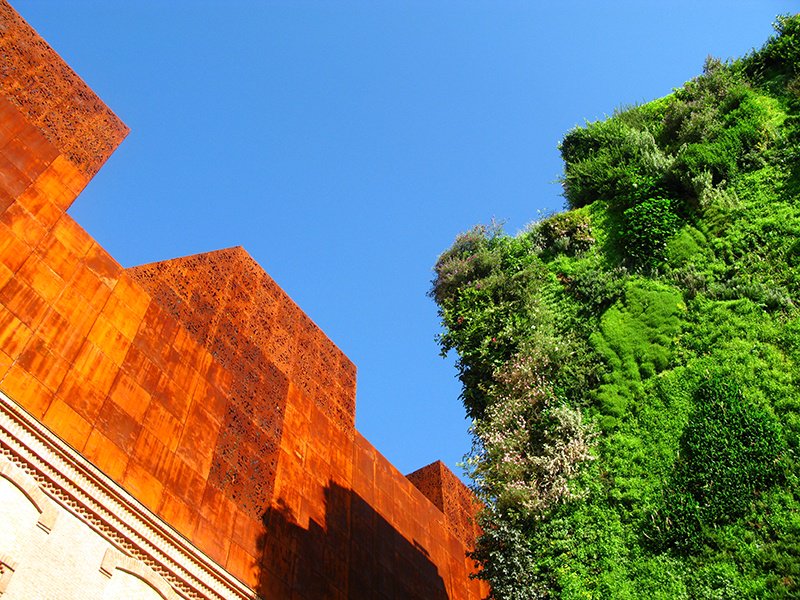
There’s simply something very magical about seeing plants growing in a different direction
“Millennials love plants and they want to live among them,” says Hal Thorne, CEO of GSky Plant Systems, a leading creator of vertical gardens in the United States. “Now that many people have much smaller spaces in which to create a garden, a living wall can be very impactful.”
A creative design choice
Certainly, a vertical garden can have a tiny footprint yet still contain many different plant species. “I had a challenging project in Kuala Lumpur with Jean Nouvel,” recalls Blanc. “Unusually, I used 240 different species and the result was a 200-meter-high [656 feet] botanical garden on a vertical scale.” As Bell observes, the concept can be easily adapted for rooftops and city gardens, where a virtually hydroponic approach dispenses with the need for soil.
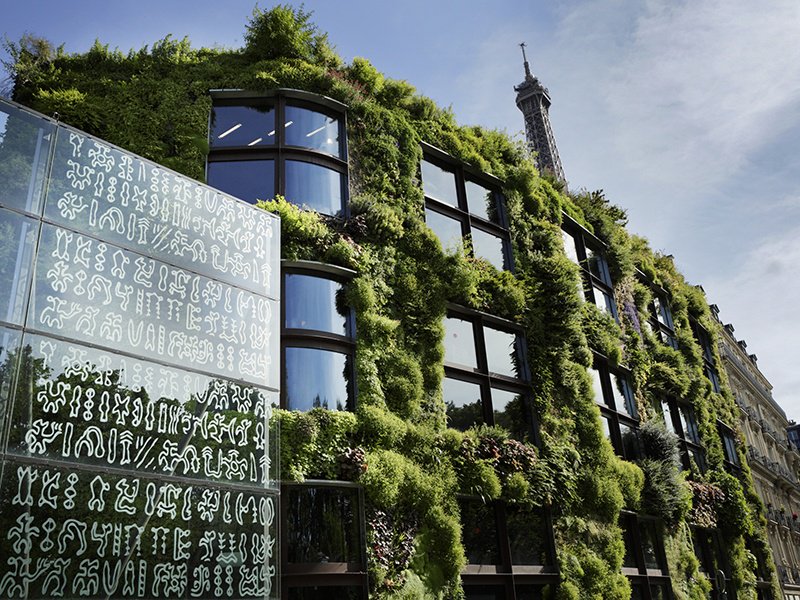
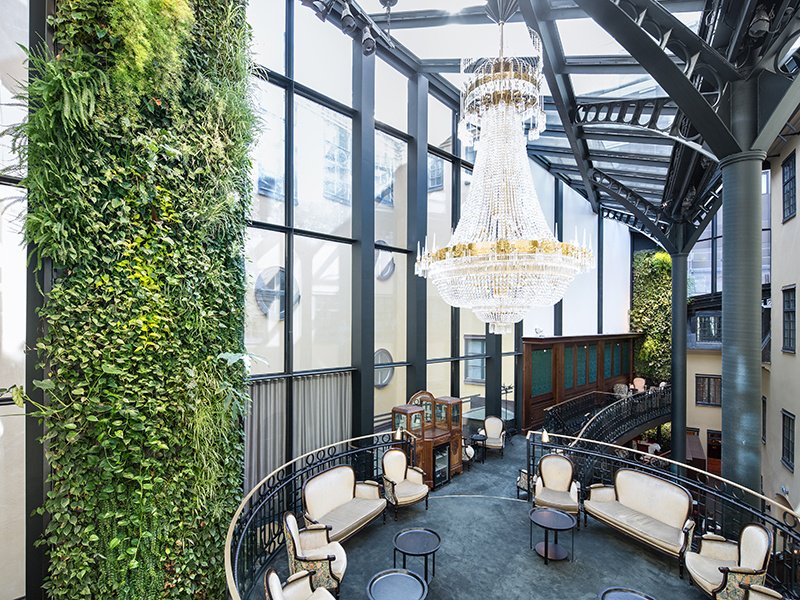
Part of the architecture
Green walls can soften Modernist and Brutalist architecture, taking the place of traditional cement render or timber cladding, and can add a magical sense of movement to an otherwise static space. When plants are positioned in waves and curves, the leaves appear to ripple in the breeze, which creates gentle murmurs of movement across the walls.
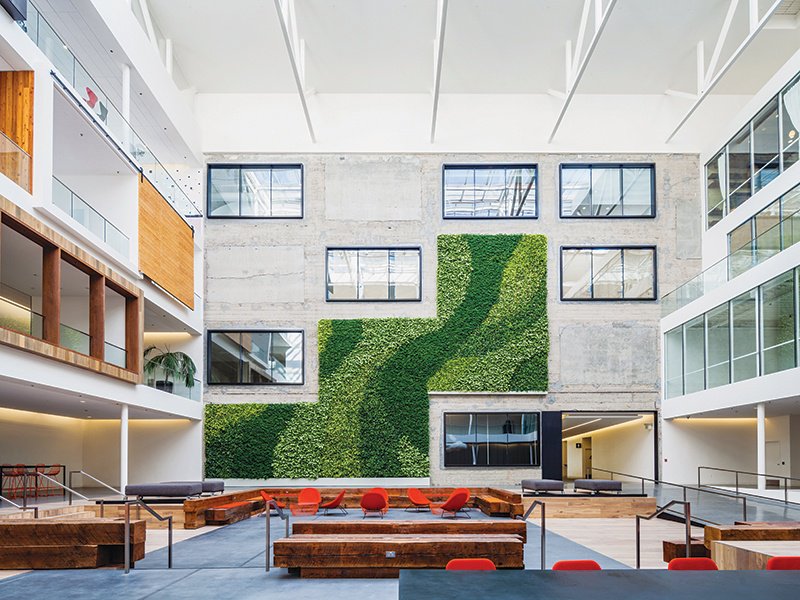
Now that many people have much smaller spaces in which to create a garden, a living wall can be very impactful
Grown on a wall facing an outdoor staircase, plants can be appreciated in detail as you descend the stairs, while mini vertical gardens can be planted in freestanding panels as space dividers or hung as exterior artwork. “I think the best way to view a living wall is like a painting, except the plants are the paint and the wall is the canvas,” says Mike Weinmaster, chief designer at Canada’s Green Over Grey. “I love creating abstract green wall designs with lots of contrasting color. All the attributes of a painting—color, texture, pattern, and drama—can be applied to a living wall.”
Take inspiration from art
Another approach is to create a tapestry of plants inspired by a classic painting style. This idea was adopted to clever effect in 2011 at the National Gallery in London, when Vincent van Gogh’s A Wheatfield, With Cypresses was re-created from more than 8,000 plants.
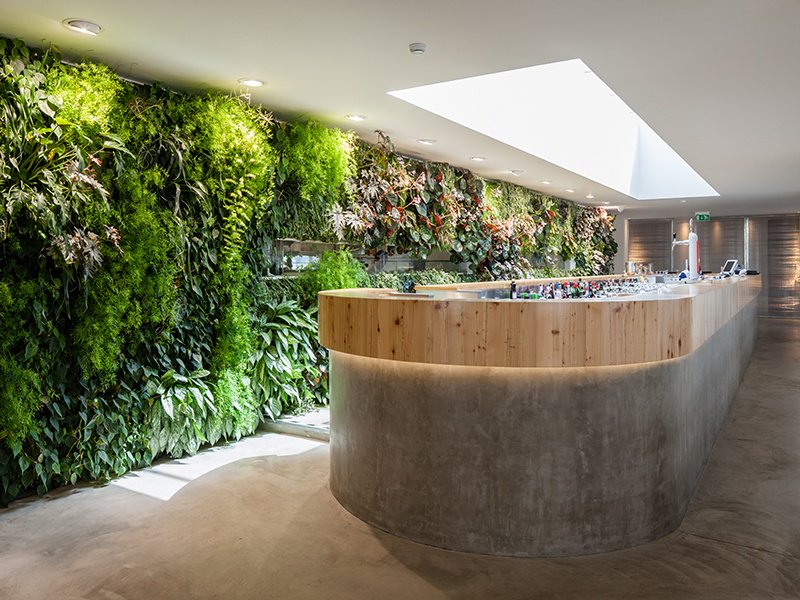
I think the best way to view a living wall is like a painting, except the plants are the paint and the wall is the canvas
“Using herbals and edibles in a green wall is a lovely way to enhance an outdoor kitchen, and helps to turn open-air cooking into a real performance—it’s very sexy from an entertaining point of view,” she adds. “Tiny alpine strawberries can be picked by guests and popped straight into a glass of champagne.”
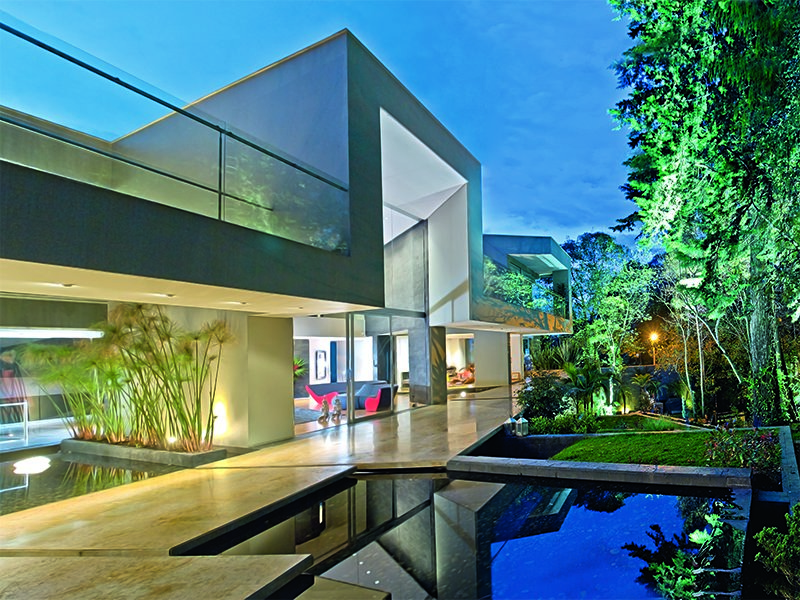
The practicalities of creating a living wall can be complex, involving construction, planting design, irrigation, lighting, and ongoing maintenance. While off-the-shelf, do-it-yourself options, such as Treebox and Woolly Pocket, are available for smaller areas, a designer or landscape architect specializing in green walls is the sensible choice for large or complex designs.
Living walls are always evolving, too. In the long term, GSky’s Thorne believes that functionality will take over from artistic possibility. “You could start to integrate green walls more fully into air-handling systems, and irrigate them sustainably using recycled and recirculated water.”
